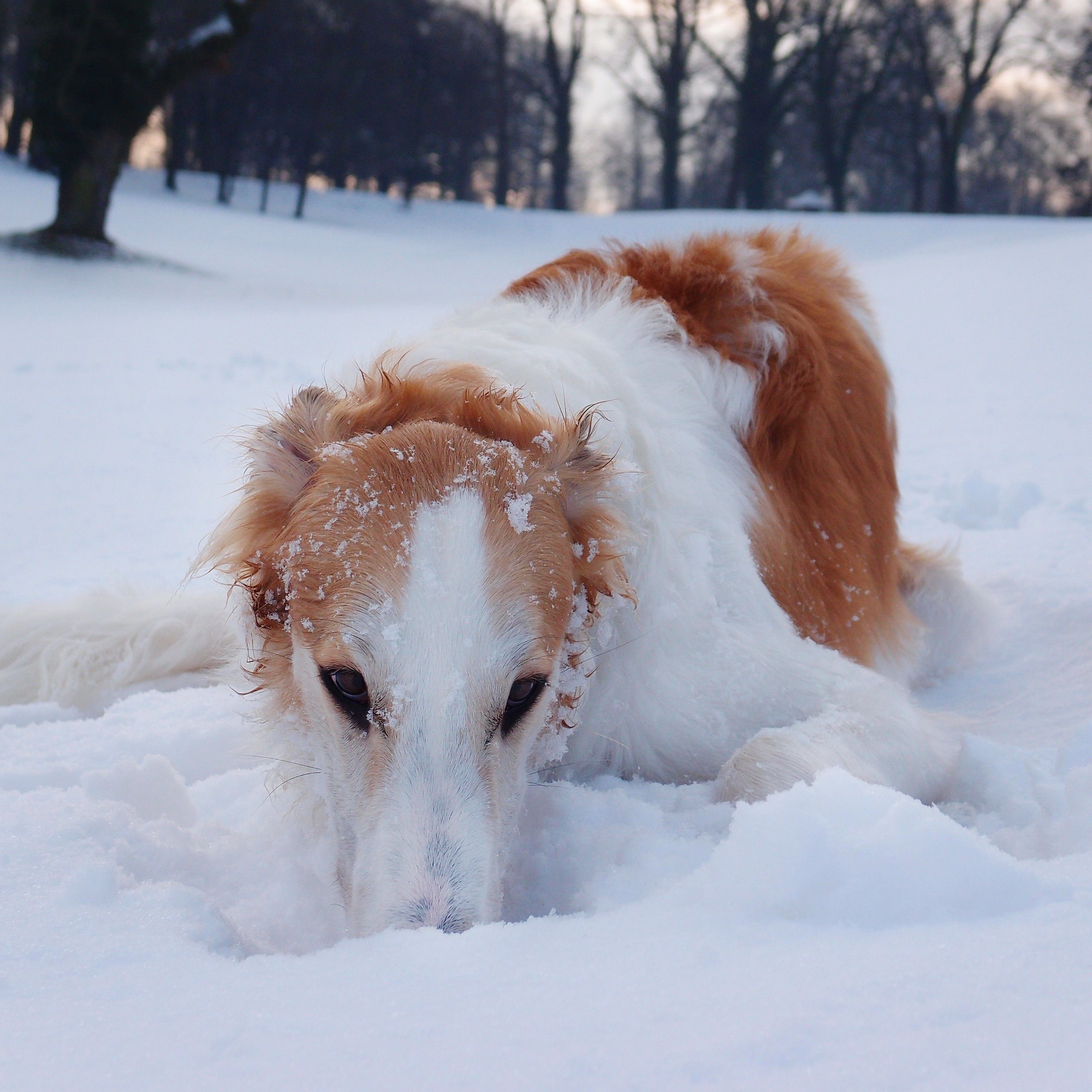Borzoi: The Most Aristocratic of Sight Hounds

This large, frilly-haired, almost feline dog is arguably the most aristocratic of sight hounds. Once known as the Russian Wolfhound, it was bred to hunt wolves for tsars and nobles; often over 100 of these dogs would chase wolves through the snowbound tundra. Outside Russia the Borzoi has been bred for many years for companionship. Today the dog is happy in a regular home environment but needs plenty of long walks and runs. It also requires a routine of brushing and bathing to keep its long, wavy coat lustrous.
Table of Contents
Origin
Russia
Grouping
Sight Hound
Canine speed-merchants, the sight hounds—or gazehounds as they are sometimes called—are hunting dogs that locate and follow their prey primarily by using their keen eyesight. Streamlined, lightly framed, but powerful, a sight hound in pursuit of quarry moves fast and turns with great flexibility. Many dogs in this group were bred to hunt specific prey.
Breed History
Perhaps as early as the 1200s, Russian aristocrats bred fast sight hounds for hunting and the breed started to take form. Dogs such as the Bearhound, southern coursing hounds of the Tartars, and Owtchar sheepdogs were reported as progenitor breeds. Some also report Saluki and Greyhound as part of the mix.
The first breed standard dates back to 1650. Aristocrats used to carry out elaborate wolf hunts, using pairs or trios of Borzois, one horsemen and foxhounds to flush quarry.
The first specimen may have been sent to England in 1842. The importation to America began in earnest in the 1890s. The name in Russian is “borzii”, meaning swift.
Physical Characteristics
Height at Withers
Female 26” minimum (66 cm), male 28” minimum (71 cm).
Weight
Females 75-90 lb (34-41 kg), males 75-105 lb (34-48 kg).
Coat
The coat is variably curly but long and silky. Short hair is present over the head, and long feathers are found on tail and hindquarters. They possess a prominent neck frill. Any color or color combination is acceptable.
Daily brushing and regular bathing are recommended. They have a moderate shedding tendency.
Longevity
9-13 years. Also 11-13 years other sources.
Points of Conformation
Graceful movement and lithe conformation characterize the Borzoi. Males are noticeably heavier set than the females. The skull is very long and narrow, slightly domed and somewhat Roman-nosed in profile. The stop is not prominent, ears are small and obliquely set, eyes are dark with dark palpebral rims.
The nose is large and pigmented black. The thorax is very deep and narrow, and neck slightly arched and muscular. The topline is slightly curved, back is short, and abdomen is tucked up.
Long bones of the limbs appear oval; narrow when viewed from the front, but are straight. The feet are well knuckled up and the dewclaws are generally removed. Hindquarters are wider than forequarters.
Their long tail is set low and carried low in a curve. A powerful springy gait is desired.
Breed Characteristics
- Courageous in the hunt
- Protective of their owners
- Tractable
- Intelligent
- Affectionate with owners
- Sensitive
- Some are aloof
- Faithful
- Good with children (best if raised with children)
- May chase cats or small dogs if not brought up with them
- Is active outdoors but quiet in the house
- Has moderate to high exercise needs
- Early training is needed
- Can sometimes be independent and a bit stubborn. If off leash, the Borzoi should be in a fenced enclosure
- Can be destructive if bored
- Considered alarm barkers not guard dogs